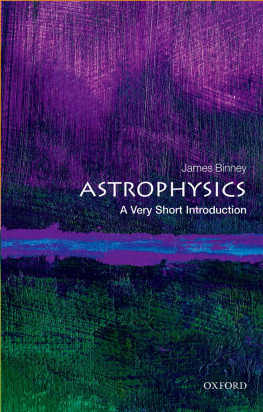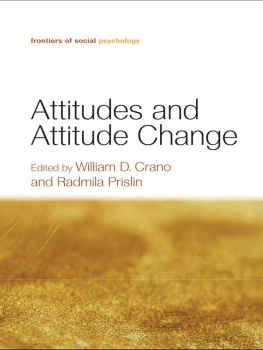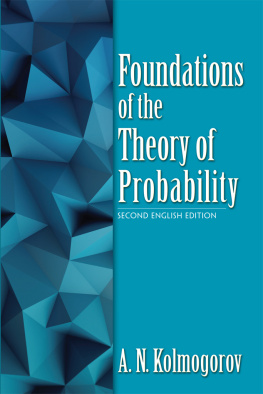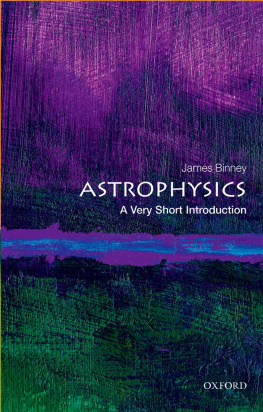
Related Titles
Shore, S.N.
The Tapestry of Modern Astrophysics
2013
ISBN: 978-0-471-16816-4
Stepanov, A.V., Zaitsev, V.V., Nakariakov, V.M.
Coronal Seismology
Waves and Oscillations in Stellar Coronae
2012
Print ISBN: 978-3-527-40994-5
Also available in digital formats.
Foukal, P.V.
Solar Astrophysics
2nd Edition
2004
Print ISBN: 978-3-527-40374-5
Also available in digital formats.
Stahler, S.W., Palla, F.
The Formation of Stars
2004
Print ISBN: 978-3-527-40559-6
Also available in digital formats.
Authors
Prof. Mrcio Catelan
Instituto de Astrofsica
Facultad de Fsica
Pontificia Universidad Catlica de Chile
Santiago
Chile
and
Millennium Institute of Astrophysics
Santiago
Chile
Prof. Horace A. Smith
Dept. of Physics & Astronomy
Michigan State University
East Lansing, Michigan
United States
Cover
NASA, ESA, and the Hubble Heritage Team (STScI/AURA)-Hubble/Europe Collaboration
Acknowledgment: H. Bond (STScI and Penn State University)
ESA/Hubble & ESO
NASA, ESA, and the Hubble Heritage Team (STScI/AURA)
Acknowledgement: William Blair (Johns Hopkins University)
This image, obtained by NASA's Galaxy Evolution Explorer (GALEX) space mission, shows the comet-like tail left behind by the pulsating star Mira (o Ceti) as it loses mass and moves across the interstellar medium. (Image courtesy NASA.)
All books published by Wiley-VCH are carefully produced. Nevertheless, authors, editors, and publisher do not warrant the information contained in these books, including this book, to be free of errors. Readers are advised to keep in mind that statements, data, illustrations, procedural details or other items may inadvertently be inaccurate.
Library of Congress Card No.: applied for
British Library Cataloguing-in-Publication Data
A catalogue record for this book is available from the British Library.
Bibliographic information published by the Deutsche Nationalbibliothek
The Deutsche Nationalbibliothek lists this publication in the Deutsche Nationalbibliografie; detailed bibliographic data are available on the Internet at .
2015 Wiley-VCH Verlag GmbH & Co. KGaA,
Boschstr. 12, 69469 Weinheim, Germany
All rights reserved (including those of translation into other languages). No part of this book may be reproduced in any form by photoprinting, microfilm, or any other means nor transmitted or translated into a machine language without written permission from the publishers. Registered names, trademarks, etc. used in this book, even when not specifically marked as such, are not to be considered unprotected by law.
Print ISBN: 978-3-527-40715-6
ePDF ISBN: 978-3-527-65521-2
ePub ISBN: 978-3-527-65520-5
Mobi ISBN: 978-3-527-65519-9
oBook ISBN: 978-3-527-65518-2
Cover Design Adam-Design, Weinheim, Germany
Printing and Binding Markono Print Media Pte Ltd, Singapore
To Carolina, Debbie, Gabriela, and Amanda, the driving mechanisms of our hearts' pulsations.
Preface
In this book, we introduce the readers to the history, observations, and theory of pulsating stars as they are known in the early twenty-first century. We are long past the time when a single book can recite all that is known about these stars. Our hope is to give the reader an overview of the different varieties of pulsating variable stars, what causes their pulsation, and how they fit into the general scheme of stellar evolution. The book grew in part from courses that we have taught over the years at our respective universities, and we thank the students and postdocs who have participated in those courses for helping us along the way.
Many researchers in this field are credited in our book, but there are many others, both living and dead, whose contributions to our understanding of pulsating stars must pass without explicit acknowledgement. We nonetheless appreciate our debt to those unnamed students of stellar variability.
Particular thanks for their assistance in the creation of this book is owed to authors who gave us permission to reproduce figures from their papers, and most especially those who have even volunteered updated versions of those figures, including J. Alonso-Garca, L. G. Althaus, A. H. Crsico, T. Credner, P. Degroote, L. Eyer, G. Hajdu, J. J. Hermes, C. S. Jeffery, and A. Mukadam, among many others. The original source of each borrowed figure is indicated within the figure caption. We also thank Acta Astronomica, AlltheSky.com, the American Association of Variable Star Observers, the American Astronomical Society, the American Institute of Physics, the American Physical Society, the Astronomical Society of the Pacific, Annual Reviews, Astronomy & Astrophysics, Astrophysics & Space Science, Cambridge University Press, the Carnegie Observatories, Communications in Asteroseismology, the European Physical Journal, the European Space Agency, the European Southern Observatory, the International Astronomical Union, the Institute of Physics (IOP), Katholieke Universiteit Leuven, Oxford University Press, the Royal Astronomical Society, the National Aeronautics and Space Administration, Nature, Springer, and the University of Chicago Press for granting us permission to reproduce figures from publications to which they own the copyright. We would also like to express our gratitude to our editor, Nina Stadthaus, for her patience, and to our families, for their unwavering support. Most especially, we thank M. E. Escobar and A. V. Sweigart for their careful proof-reading of the entire book.
We also wish to acknowledge the different agencies that have sponsored our research while we worked on this book. H.A.S. thanks the U.S. National Science Foundation for its important assistance to his research over many years. M.C. acknowledges the support of Chile's Ministry for the Economy, Development, and Tourism's Programa Iniciativa Cientfica Milenio through grant IC 120009, awarded to the Millennium Institute of Astrophysics; of Proyecto Basal PFB-06/2007; and of Fondecyt grants #1110326 and 1141141. M.C. is particularly grateful to the Simon Guggenheim Memorial Foundation, for awarding a Guggenheim Fellowship that allowed portions of this book to be written during his sabbatical year; to Pontificia Universidad Catlica de Chile, for awarding him with sabbatical leave; and to those institutions that kindly hosted him on that occasion, including Michigan State University, Catholic University of America, NASA's Goddard Space Flight Center, Universit di Bologna (Italy), and Universidade Federal do Rio Grande do Norte (Brazil).
Santiago and East Lansing
March 2014
Mrcio Catelan
Horace A. Smith
Chapter 1
Historical Overview
1.1 Discovery of the First Pulsating Variable Stars
Although cataclysmic variable stars of the nova or supernova type had been seen since antiquity (Stephenson & Green, 2002), by the sixteenth century stars were generally regarded as fixed and unchanging in both position and brightness (Hoskins, 1982). The outburst of a bright supernova in Cassiopeia in 1572 (Tycho's supernova) startled the astronomical community and reawakened interest in apparently new stars. Almost 14 years later, in 1596, David Fabricius (15641617) observed what he thought was yet another new star, this time in the constellation Cetus.
Next page








